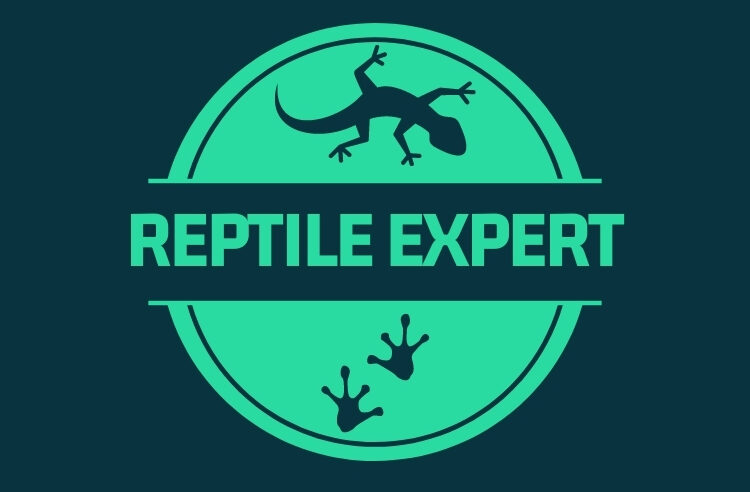Nothing seems to provoke quite such discussion amongst reptile fans and reptile haters alike as snakes and their venom. Admit to liking reptiles and it’s only going to be a matter of time before someone brings the conversation round to venomous snakes. As reptile lovers, we can scarcely be surprised; it is, after all, a fairly remarkable aspect of this strikingly unique group of creatures. It’s really no wonder it holds quite such a fascination for so many people.
So, in preparation for the next time you find yourself embroiled in one of those discussions, here are a few answers to some of those most frequently asked questions about venomous snakes.
First Things First, How Many Kinds of Venomous Snakes Are There?
Surprisingly only around a fifth of the worlds 3,000 or so snake species are truly venomous and of these only about a third represent any serious threat to humans.
That said, there is a recent theory that all snakes evolved from a common ancestor – a venomous lizard-like creature which is thought to have given rise to the Gila Monster and Mexican Beaded Lizard too – and so, according to this idea, every snake is capable of producing poison. The research suggest that what distinguishes the truly venomous kinds is the presence of fangs to deliver the venom when the animal bites – and, obviously, how powerful the toxins are once something has been bitten!
What’s the Most Deadly Snake in the World?
All kinds of snakes are tipped for this top position, but most authorities agree that the venom of the Inland Taipan (Oxyuranus microlepidotus), otherwise known as the Small-Scaled or Fierce Snake has the most potent venom of any land snake. On a drop, for drop basis, however, the dubious honour almost certainly goes to one of the sea snakes, but since they almost never get involved with humans and seldom if ever bite when they do, they tend to get a little overlooked.
Yes, But Which is The Most Dangerous?
Questions like this are always notoriously difficult to answer with absolute certainty; a lot depends on the circumstances and how you define “dangerous”. Is it the power of the venom, the aggressiveness of the snake, the likelihood of getting bitten – or something else?
In terms of numbers of people killed – which is probably as good a measure as you can get – then in Africa, it would be the Puff Adder (Bitis arietans), in Central or Southern America, the Fer-de-Lance (Bothrops asper), the Brown Snake (Pseudonaja textilis) in Australia and in America, it would arguably be the irascible Western Diamondback Rattlesnake (Crotalus atrox) – even though its less aggressive eastern relative C. adamanteus has more potent venom. Of course, the statistics vary from year to year and there’s always the problem of certainty of identification, so it’s hard to be too dogmatic about these things. Ask 10 of your friends this question – and I’ll bet they’ll all disagree!
Which is the Biggest Venomous Snake in the World?
The King Cobra (Ophiophagus hannah) – which can reach 18 feet (5.5m) in length , although typically they are 5 ft (1.5m) shorter – is recognised as the world’s longest venomous snake.
Which is the Smallest?
The Western Black-headed snake (Tantilla planiceps), native to the south-western USA is probably the smallest at between 4–10 inches (10–25cm) in length. It is a small back-fanged snake – which means it doesn’t represent any real threat to people. The 8-inch (20cm) Namaqua dwarf adder (Bitis schneideri) has a good claim on being the smallest kind of venomous snake that might cause a human to suffer ill effects.
How Can You Tell a Milk Snake From a Coral Snake?
As most people know, harmless Milk Snakes have evolved to mimic venomous Coral Snakes – and to the untrained eye they do look amazingly similar. The simple way is to remember this handy mnemonic “red to yellow, kill a fellow, red to black, venom lack” and then look to see which bands of colour are next to each other. It only works for North American species – so be careful if you’re south of Mexico!
Do Spitting Cobras Really Spit?
Actually, no, they don’t, at least not in the true sense of the word; it’s much more of a spray. They force venom out through the holes in their fangs, driven by powerful pumping contractions of their venom glands, so it’s more of a water pistol effect than a real spit – which almost certainly leaves llama’s holding the title as the best spitters in the animal kingdom!
Venomous snakes have a unique fascination amongst reptile fans; it’s impossible not to be impressed by the ingenious bit of natural engineering that enables them to feed and defend themselves in quite such an effective and unusual a way. There’s no escaping the fact that these reptiles have an appeal that is entirely their own.
